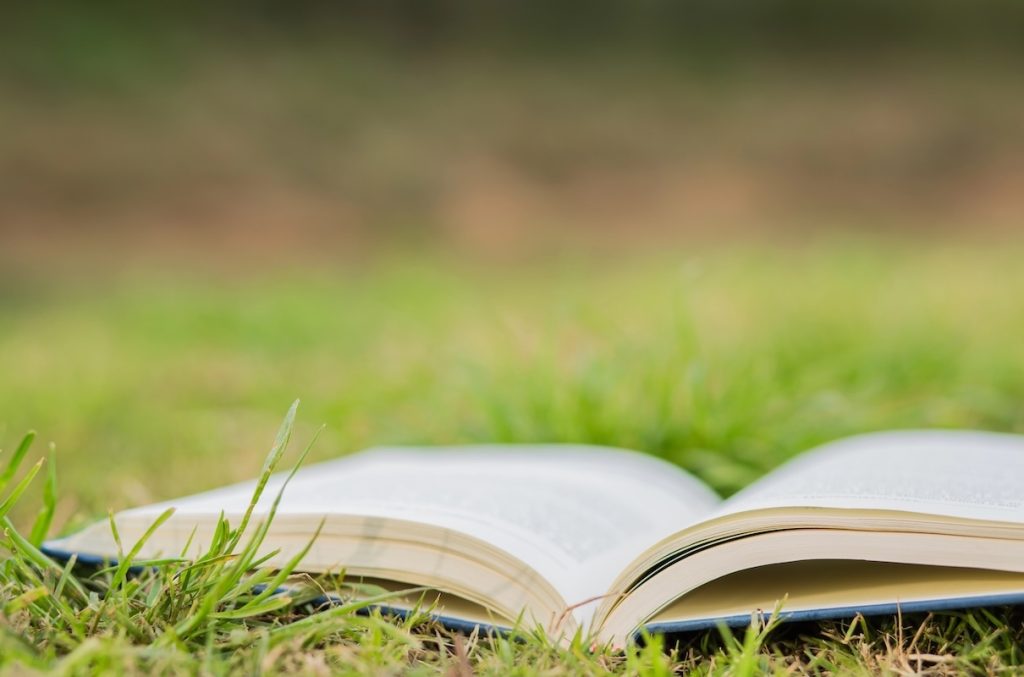Unlocking Poetic Worlds: The Power of Metaphor in Evoking Emotion
The essence of poetry lies in its capacity to express complex human experiences and emotions. A key element in achieving this is the use of metaphor, a tool that transcends the literal to reveal deeper layers of emotion and meaning.
The Bridge of Understanding through Metaphor
Metaphors serve as bridges, connecting disparate ideas to create new understanding. Much like a cultural or emotional interpreter, a metaphor translates abstract concepts into concrete images, fostering empathy and comprehension. A phrase such as "drowning in a sea of sorrow" immediately places the reader in a vivid emotional state, conveying both the sensation of being overwhelmed and the weight of sadness.
The table from "Evoke Contemporary" supports this analysis, indicating that metaphors not only link abstract emotions with tangible images but also enhance emotional resonance. Through these connections, metaphors tap into the collective unconscious, drawing on shared human experiences to evoke responses.
Imagery's Role in Emotional Resonance
While metaphors create bridges, imagery provides the vibrant color that fills in the picture. Metaphoric language serves as the framework, but vivid imagery is what captivates the reader's senses and imagination. Descriptive imagery such as "a blanket of golden leaves" suggests not only an autumn scene but the cozy warmth of the season, interlacing sensory details with emotional undertones.
This kind of language invites readers on a sensory journey, where each line becomes a stepping stone deeper into the emotional landscape of the poem. By crafting such vivid portraits, poets enable readers to feel, see, and interpret emotions on a personal level.
Metaphor as a Transformative Tool
Beyond description, metaphors possess the power to transform. They take one concept and cast it anew, offering fresh perspectives or revealing hidden aspects. Transformative metaphors, as indicated in the chapter table, allow poets to explore themes like love and loss with layers of meaning. For example, describing love as "unfurling petals of a shy blossom" not only creates an image but suggests love’s gradual revelation and the beauty of vulnerability.
This transformative quality invites readers to rethink their understanding and encourages them to find new meaning in the poem's themes. It’s a dialogue between author and audience, with the metaphor as the facilitator.
The Analytical Lens
Analyzing poetry with a focus on metaphor requires understanding the intricacies of its language. It’s about dissecting the symbiotic relationship between metaphor and emotion, recognizing how the abstract overcomes the concrete and leads to deeper comprehension and emotional truth. Metaphor, then, becomes a tool not only for writing but for reading, creating layers that are unraveled through careful analysis.
Symbols That Sing: How Imagery Crafts Emotional Landscapes in Poetry
Imagery is the canvas of poetry, painting with words to create emotional landscapes that linger in the reader's mind long after the poem has been read.
The Sensory Experience of Imagery
Imagery brings poems to life by engaging the reader’s senses. It’s the taste of “sweet summer rain,” the sound of “whispering winds,” that captures our imagination and draws us into the poem’s world. The table notes the use of symbolic imagery as enriching poetry by creating vivid emotional contexts. Through sensory details, poets transport readers into their crafted realms, allowing for an immediate and profound engagement.
Sensory imagery functions as the poem's heartbeat, giving life to abstract emotions and ideas. Each sensory element adds texture and depth, which are crucial for creating a memorable reading experience.
Symbolic Anchors in Poetry
Symbols act as anchors in the undulating seas of emotional landscapes. They condense complex emotions into singular, powerful images. A "storm" symbolizes turmoil, while a "calm sea" suggests tranquility. These symbols provide concise yet impactful means of communication within poetry.
Recognizing and interpreting symbols is central to understanding a poem’s deeper meanings. They are not merely decorative but carry emotional weight and thematic relevance, much like metaphor. It’s a continual cycle of decoding to enrich the reader's experience.
Colors and Light as Emotional Tools
Colors and light serve as potent tools for evoking specific emotions. Bright, warm colors might exude joy or hope, while cooler hues could suggest melancholy or introspection. Light can symbolize revelation or dawn, highlighting moments of clarity or awakening within the poem.
Such elements are crucial for establishing mood and tone, aiding in the creation of a complete emotional picture. Through thoughtful use of color and light, poets guide the reader’s emotional response, ensuring that each line resonates on a sensory level.
Nature: Reflecting Inner Emotions
Nature is a common motif in poetry, not just for its aesthetic beauty but for its symbolic power. A tranquil lake might reflect inner peace, while a thunderstorm might embody conflict or chaos. Poets use nature as a metaphorical mirror, reflecting the inner states of their characters or the poem’s overall mood.
By aligning natural elements with human emotions, poets create a parallel that deepens the reader’s understanding and provides a universal language through which to explore complex feelings.
Harmony in Verses: The Role of Rhythmic Flow and Sound Patterns
The musicality of a poem, created through rhythm and sound, enhances its emotional impact and memorability. Rhythm and rhyme are the unsung heroes of poetry, amplifying its emotional depth and the reader’s engagement.
Understanding Rhythm's Function
Rhythm in poetry dictates the flow of words and the poem’s pace. It can evoke tranquility or unrest, mirroring the poem's emotional currents. As highlighted in the table, rhythmic flow is essential for shaping a poem's musicality, influencing how a poem is perceived and felt.
By employing varied patterns of stressed and unstressed syllables, poets create a dynamic emotional landscape. A steady rhythm may soothe, while a jarring cadence might unsettle the reader, reflecting the poem’s thematic essence.
Rhyme as a Unifying Element
Rhyme contributes to a poem’s musical quality, creating connections and reinforcing themes. Different rhyme schemes can evoke varying emotions; for example, a simple rhyme might suggest a whimsical tone, while a complex one might add depth.
Rhyme aids memorability and amplifies the poem's emotional resonance, as stated in the table. It serves both structural and emotional purposes, making the poem accessible yet profound.
Sound Devices: Enhancers of Emotion
Alliteration, assonance, and consonance add another layer of musicality, enhancing the emotional texture of a poem. Alliteration can create a rhythm and focus, while assonance contributes to harmonic flow. These sound devices are instrumental in ensuring that the poem's emotional message resonates.
Through these phonetic choices, poets craft an auditory landscape that complements the visual and thematic elements, ensuring a cohesive emotional experience.
The Interplay of Rhythm and Imagery
Together, rhythm and imagery create a rich tapestry that enhances a poem's emotional power. Imagery provides the visuals, while rhythm offers the beat that drives the emotional journey. This interplay is where the magic of poetry lies, where words transform into emotions, and readers become co-creators in interpreting the poet's vision.
In conclusion, poetry’s heartbeat is a symphony of metaphor, symbolism, rhythm, and imagery. These elements blend seamlessly to create a deeply resonant experience, inviting readers to explore, feel, and connect. Through this intricate dance of language, poetry becomes a mirror to our own emotions, reflecting not just the poet’s world but our own.
Q&A
-
What is the role of metaphor in literature and how does it enhance emotional expression?
Metaphors play a critical role in literature by creating connections between seemingly unrelated concepts, allowing readers to see things from a new perspective. This figurative language tool helps to deepen emotional expression by conveying complex emotions and ideas in a relatable and vivid manner. For instance, describing a character's heart as "a stormy sea" can evoke a powerful image of turmoil and uncertainty, enriching the reader's emotional experience.
-
How does symbolism differ from metaphor, and what is its significance in storytelling?
While both symbolism and metaphor involve deeper meanings, symbolism typically represents ideas or concepts through objects, characters, or events. Unlike metaphors, which directly compare two things, symbolism uses an object or element to suggest something beyond its literal sense. For example, a dove often symbolizes peace. In storytelling, symbolism adds layers of meaning, allowing readers to explore themes and messages that resonate on multiple levels.
-
In what ways do rhyme and rhythm contribute to the effectiveness of poetry?
Rhyme and rhythm are crucial in poetry as they contribute to its musical quality, making it more engaging and memorable. Rhyme creates patterns that can emphasize particular words or ideas, while rhythm, through meter and cadence, influences the poem's pace and flow. Together, they enhance the aesthetic experience, evoke emotions, and help convey the poem's tone and mood, making it resonate deeply with readers.
-
How does imagery enhance the reader's experience in literature?
Imagery involves the use of descriptive language to create vivid mental pictures, appealing to the reader's senses. By painting detailed scenes or moments, imagery immerses readers in the narrative, making the story more relatable and engaging. It allows readers to visualize the setting, characters, and actions, which enhances their overall understanding and emotional connection to the text.
-
What are some techniques writers use to effectively convey emotional expression in their works?
Writers use various techniques to convey emotional expression, including the use of metaphors, similes, vivid imagery, and symbolism. Dialogue and internal monologue can reveal a character's feelings and thoughts, while the careful selection of words and sentence structure can influence the emotional tone. Additionally, the use of rhythm and sound devices, such as alliteration and assonance, can intensify the emotional impact of a piece, making the reader feel the emotions being depicted.








